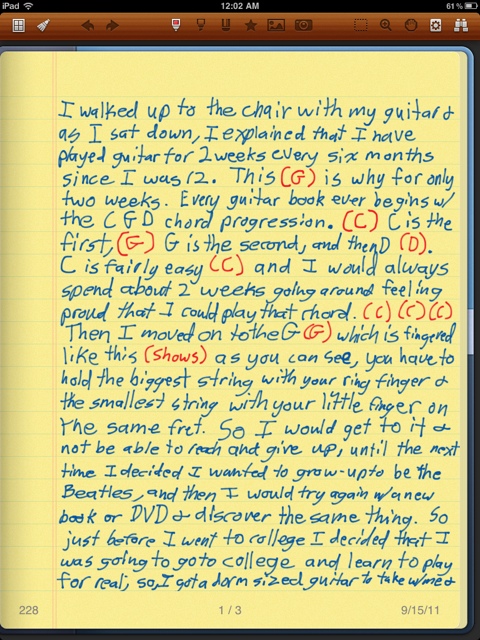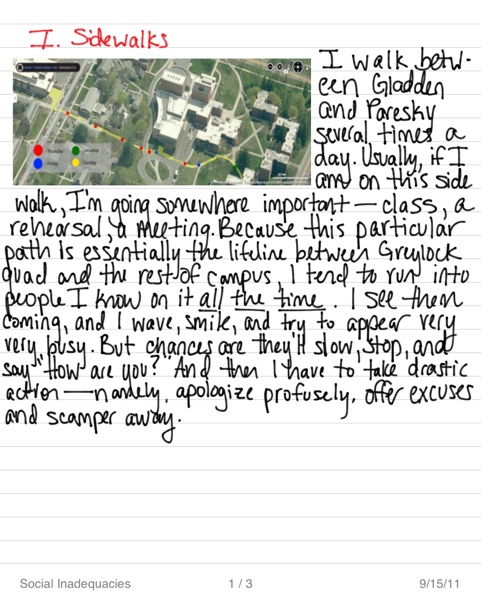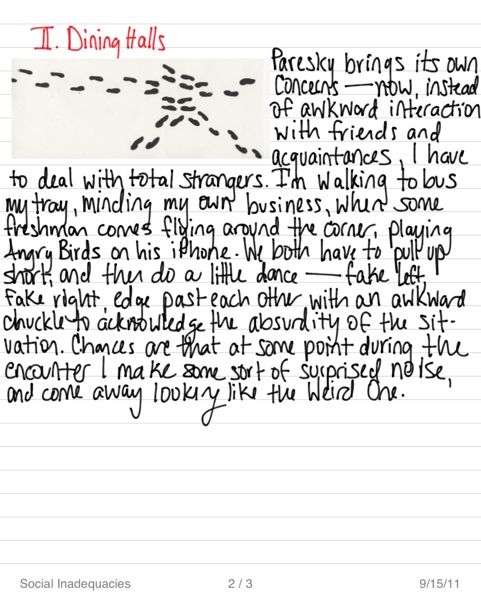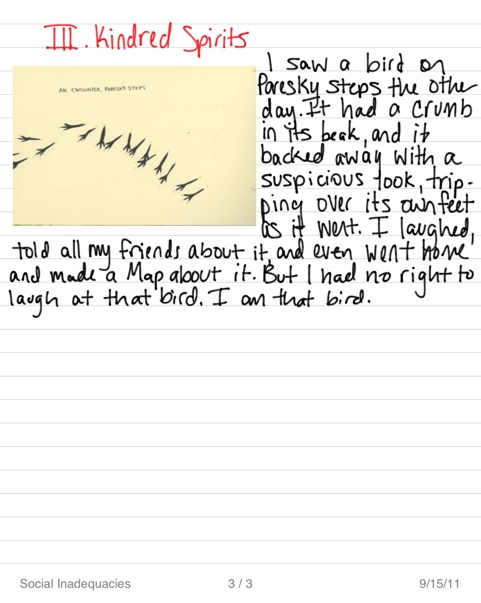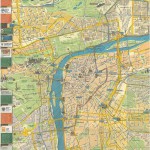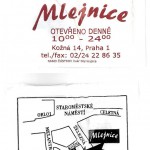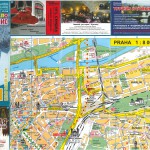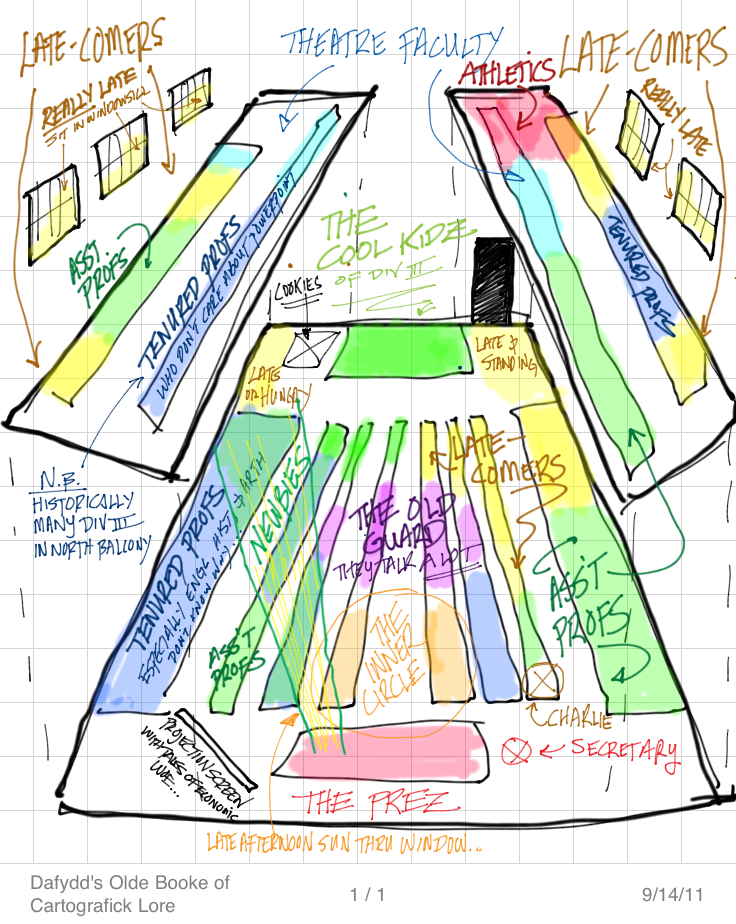Monthly Archives: September 2011
Tripping Over My Own Feet
ANNOUNCEMENT: post material from today’s class
Everyone remember, sometime today while it’s fresh in your mind, to document your Short Map Story performances, both with what you did for us, and any changes you might want to make (notes to self.) When it’s done, please post it to the blog in whatever format makes sense (text, scan of handwritten notes, screengrab of Noteshelf notes, etc.)
Julia: can you also do this for your fabulous Juxtaposition?
Carl and Melissa: Can you also please post the text of your script and poem, respectively?
All of the above should be categorized with our new “I made this” category 🙂
ANNOUNCEMENT: new category stuff
I have made a new category called “I made this” — tag any post with this that contains any sort of content that you have made: maps, photos, video, writings, performance, you name it. Then also categorize with other things as relevant. This way, when after reading period we want to see everything that we have done, we can go to a single category listing and have an archive of it all. I have also added this category as a standalone link on the top menubar.
Maps from Prague summer 2011
- The battered map Sir Toby’s gave us, with annotations and tram highlighting. Best map of Prague.
- Maps are everywhere, including sugar packets
- Map of Prague in Cyrillic. Not sure why I have this.
Assignment: This American Life ep.110 “Mapping”
DUE Thursday Sept 15 Continue reading
72 Maps in 72 Hours / Sara
Gallery
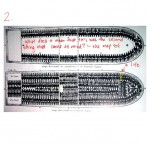
This gallery contains 19 photos.
DNA on the Map
In this podcast segment, one kind of mapping — DNA analysis — meets conventional cartography and results in a pretty fascinating narrative. Also worth listening to to see (…hear) how the folks at Radiolab take a pretty static subject (historians looking at maps, researchers looking at DNA) and bring it to life in a vivid form of storytelling.
Map of Faculty Meeting
Maps of scholarly citations
This is fascinating, red the whole article (linked below.) Thank you Sharron Macklin at OIT for sharing this with me.
Citation by Citation, New Maps Chart Hot Research and Scholarship’s Hidden Terrain
By Jennifer HowardImagine a Google Maps of scholarship, a set of tools sophisticated enough to help researchers locate hot research, spot hidden connections to other fields, and even identify new disciplines as they emerge in the sprawling terrain of scholarly communication. Creating new ways to identify and analyze patterns in millions of journal citations, a team led by two biologists, Carl T. Bergstrom and Jevin D. West, and a physicist, Martin Rosvall, has set out to build just such a guidance system.
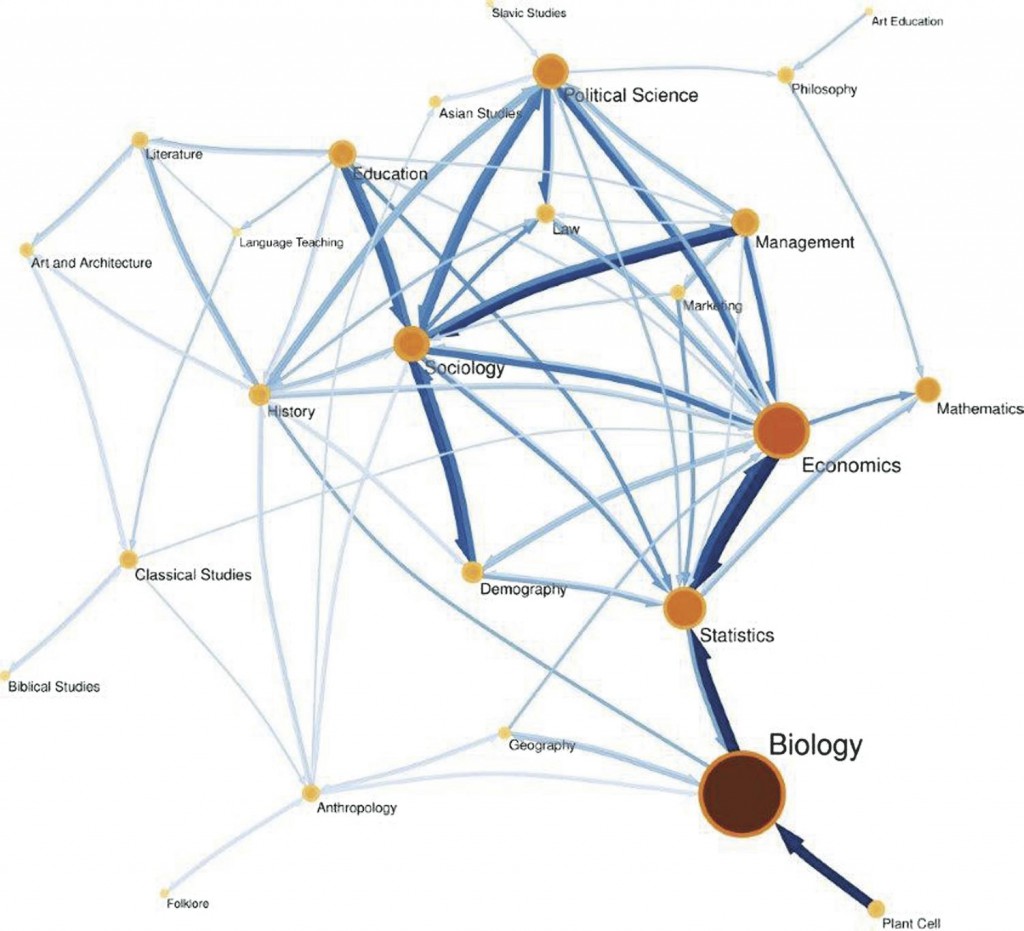
This network of disciplines shows how strongly different areas in the large JSTOR collection of scholarly journals are connected. Thicker lines represent more back-and-forth journal citations; thinner lines indicate less communication.
via Maps of Citations Uncover New Fields of Scholarship – Research – The Chronicle of Higher Education.

